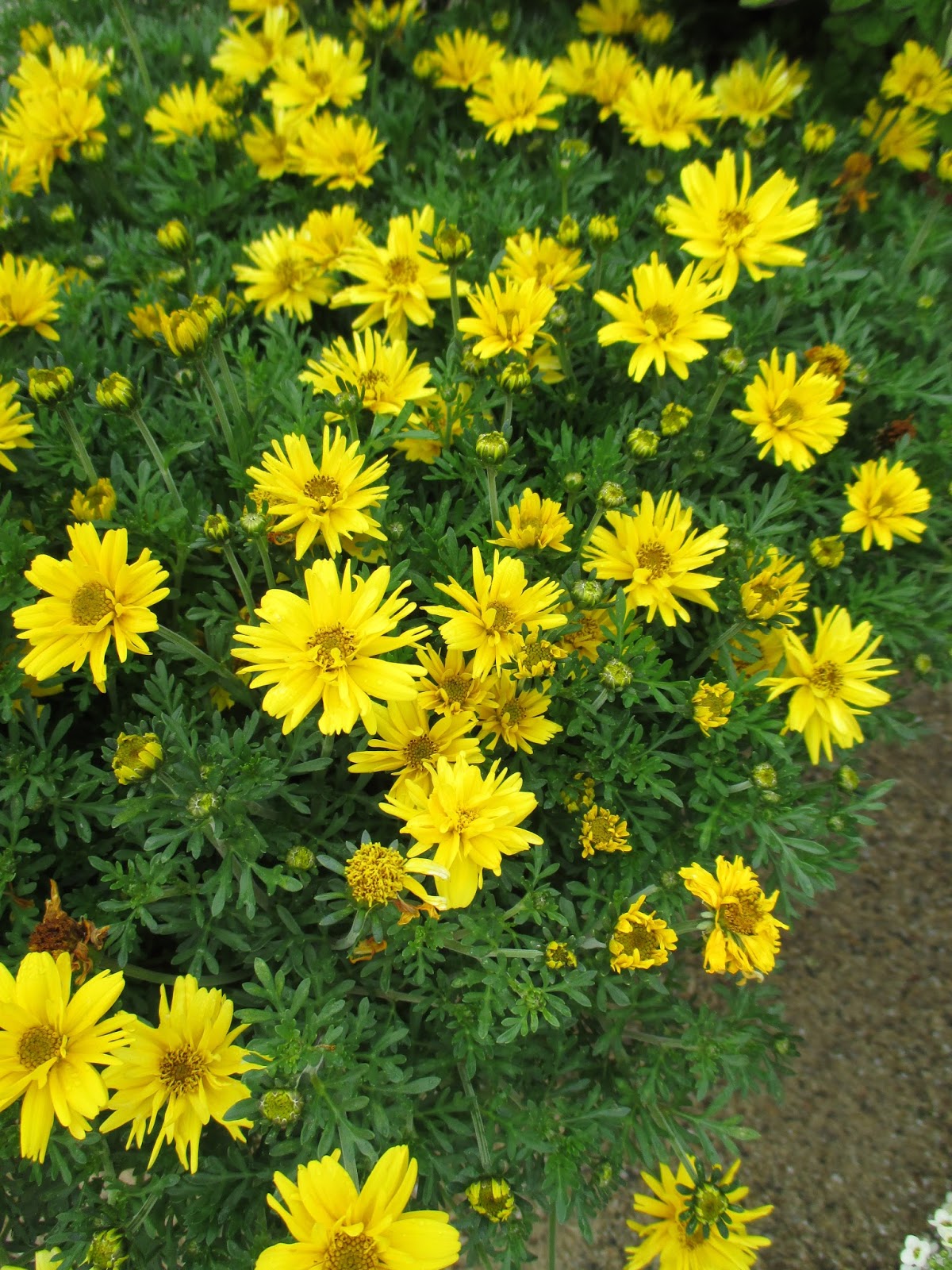Bidens, a genus of flowering plants belonging to the Asteraceae family, is known for its incredible diversity and ecological importance. With over 200 species found worldwide, bidens plays a significant role in various ecosystems. This article delves deep into the fascinating world of bidens, exploring its characteristics, species, ecological significance, and much more.
In this comprehensive guide, we will cover everything you need to know about bidens, including its biological classification, habitat, uses, and tips on cultivation. Whether you're a plant enthusiast, a gardener, or simply curious about this genus, this article is designed to provide valuable insights and information.
As you journey through this article, you will discover the importance of bidens in both natural and human-made ecosystems, their adaptability, and how they contribute to biodiversity. Let's dive into the world of bidens!
Table of Contents
- What is Bidens?
- Biological Classification of Bidens
- Popular Species of Bidens
- Ecological Significance of Bidens
- Uses of Bidens in Traditional and Modern Practices
- Cultivation Tips for Bidens
- Challenges and Conservation Efforts
- Conclusion
What is Bidens?
Bidens is a genus of flowering plants characterized by its daisy-like flowers and distinctive leaves. These plants are typically found in temperate and tropical regions, thriving in a variety of habitats, including wetlands, meadows, and disturbed areas. The name "bidens" is derived from the Latin words "bi-" meaning two and "dens" meaning tooth, referring to the two tooth-like structures found on the seeds of many species.
Biological Classification of Bidens
The classification of bidens is as follows:
- Kingdom: Plantae
- Clade: Angiosperms
- Clade: Eudicots
- Order: Asterales
- Family: Asteraceae
- Genus: Bidens
Popular Species of Bidens
Within the bidens genus, several species stand out due to their unique characteristics and uses. Here are some notable species:
1. Bidens pilosa
Commonly known as blackjack or Spanish needle, Bidens pilosa is widely distributed and often considered a weed. It is known for its medicinal properties and is used in traditional medicine in various cultures.
2. Bidens frondosa
This species, also known as devil's beggar-ticks, thrives in wetlands and is often found in disturbed areas. It plays a role in soil stabilization and provides habitat for wildlife.
3. Bidens alba
Commonly called the white-flowered beggar-ticks, Bidens alba is often used in landscaping. It attracts pollinators and is valued for its ornamental beauty.
Ecological Significance of Bidens
Bidens species are critical to maintaining ecological balance. They provide food and habitat for various insects, birds, and other wildlife. The presence of bidens in an ecosystem can indicate healthy soil and environmental conditions.
- Pollinator Support: Bidens flowers attract bees, butterflies, and other pollinators, crucial for plant reproduction.
- Soil Health: Their deep root systems help prevent soil erosion and improve soil structure.
- Food Source: Many animals rely on bidens seeds and foliage as a food source.
Uses of Bidens in Traditional and Modern Practices
Bidens has been utilized in various ways across cultures:
- Medicinal Uses: Many species, such as Bidens pilosa, are used in traditional medicine for their anti-inflammatory and antimicrobial properties.
- Ornamental Uses: Bidens alba and other species are popular in gardens for their aesthetic appeal.
- Wildlife Habitat: Bidens provides essential habitat for various wildlife species, enhancing biodiversity.
Cultivation Tips for Bidens
If you're interested in growing bidens, here are some tips to consider:
- Soil Requirements: Bidens thrive in well-drained soil enriched with organic matter.
- Light Conditions: Most species prefer full sun but can tolerate partial shade.
- Watering: Keep the soil consistently moist, especially during dry spells.
- Propagation: Bidens can be propagated through seeds or cuttings.
Challenges and Conservation Efforts
While bidens are resilient plants, they face several challenges, including habitat loss and invasive species competition. Conservation efforts are essential to ensure the survival of native bidens species and their ecosystems.
Conclusion
In summary, bidens is a diverse and ecologically significant genus of flowering plants. From their role in supporting wildlife to their uses in traditional medicine, bidens contribute immensely to our ecosystems and cultures. We encourage you to explore the world of bidens further, whether through gardening, research, or conservation efforts.
If you found this article helpful, please leave a comment, share it with friends, or explore our other articles for more insights into the fascinating world of plants.
Thank you for reading! We hope to see you back on our site soon for more informative content.



